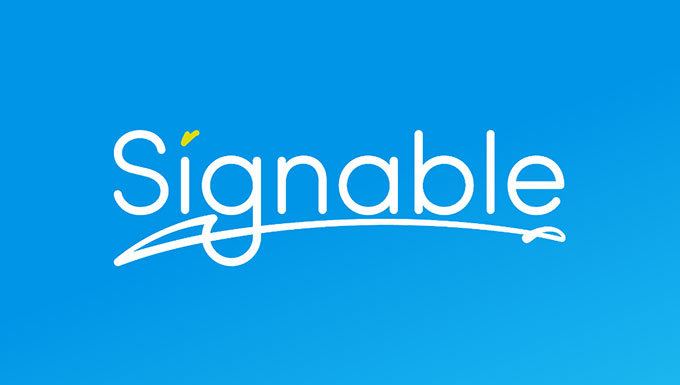The Best Ways to Utilise Education Technology

Published:
As the student enrolment season dawns upon us, we reflect on the potential of co-learning networks in education departments across the globe. Technology has allowed education to foster an interconnected environment, where transparency & cohesiveness is emphasised, bringing a wealth of benefits to the students.
What is Educational Technology?
It’s essential to understand the significance of Educational Technology and why it needs to evolve constantly. The field of study investigates analysing, designing, developing, implementing, and evaluating the instructional environment, learning materials, learners, and the learning process to improve teaching and learning.
We’ll get onto what this interconnectivity looks like in technology later. Still, for now, it is critical to understand the difference between collaborative and competitive learning and what this looks like in students.
Co-learning is the antithesis of competitive learning.
Competitive Learning
- No interaction between students
- Not accountable to others
- Responsible only to self
- Homogeneous grouping, if any
- One student serves as a leader
- Social skills assumed or ignored
While co-learning is embodied as:
- Active interaction with others
- Accountable to others
- Responsible to the group
- Heterogeneous grouping
- Positive interdependency
- Social skills taught directly
Through collaborative learning, students don’t lose their independence; in fact, organisations make learning meaningful by enabling and promoting individual choice and self-directed/self-determined learning. This allows students to achieve personal value, purpose, and growth.
Recognising that learning includes personalised explorations that tap into emotion and a sense of individual purpose, these organisations place value on generating and celebrating learning moments that are often ignored.
How can we improve education with technology?
Technology aids admissions, classrooms, the quality of learning and our ability to teach.
Skype and School in the Cloud are examples of how we can use technology to bring teachers and mediators into areas where children are gathered and have educational experiences where they are working with someone on Skype and using the internet to discover the answers to things.
These examples create a network learning experience that is more conversational and collaborative than a typical classroom-based learning model.
On the administration side of things, technology means paperwork & organisation is done quicker, so students can be enrolled and moved quickly through the system, which will positively affect their learning.
Admissions applications have gone on a digital transformation over the last decade using sophisticated CRM and online application platforms. This initial experience sets an expectation with the students for the same seamless and quick response in all their interactions.
Give students a digitalised experience for every collection point of information.
Where electronic signatures can help:
- Recruitment of teachers
- Student application processing
- Onboarding students
- Change Requests
- Exams
- Reporting
- Consent Forms (COVID)
Education Technology case study:
We introduce Prosolution, a UK based Education software from One Advanced. Pro suite is an extensive software suite that helps FE administrators automate and digify slow, labour-intensive processes.
In addition, the suite includes various solutions to aid further education professionals, including the Management Information System (MIS), Prosolution.
Through integrations such as the one between Signable and ProSolution, Further Education administrators can stay in contact with students, interact transparently and reduce the time taken on permissions and paperwork.
Prosuite can track documents 24/7, and in the case of previously missing documents, Prosuite provides a paperless environment where the indicators available mean that institutions can use records-based scenarios to work towards best practice implementation.
ProSolution’s integration with Signable is an essential and intuitive system that can anticipate and manage every digital document, maintaining regulatory compliances and standards.
Find more education case studies for electronic signatures here.
What is the future of education technology?
The future of learning technology entails an entirely digital ecosystem, where enrolment in the classroom and exams are all underpinned by smart EduTech, which will boast interconnectedness and collaboration among our students.
It is a pivotal time to invest in different technologies for your school, college or university – this could be the smoothest enrolment season for you!